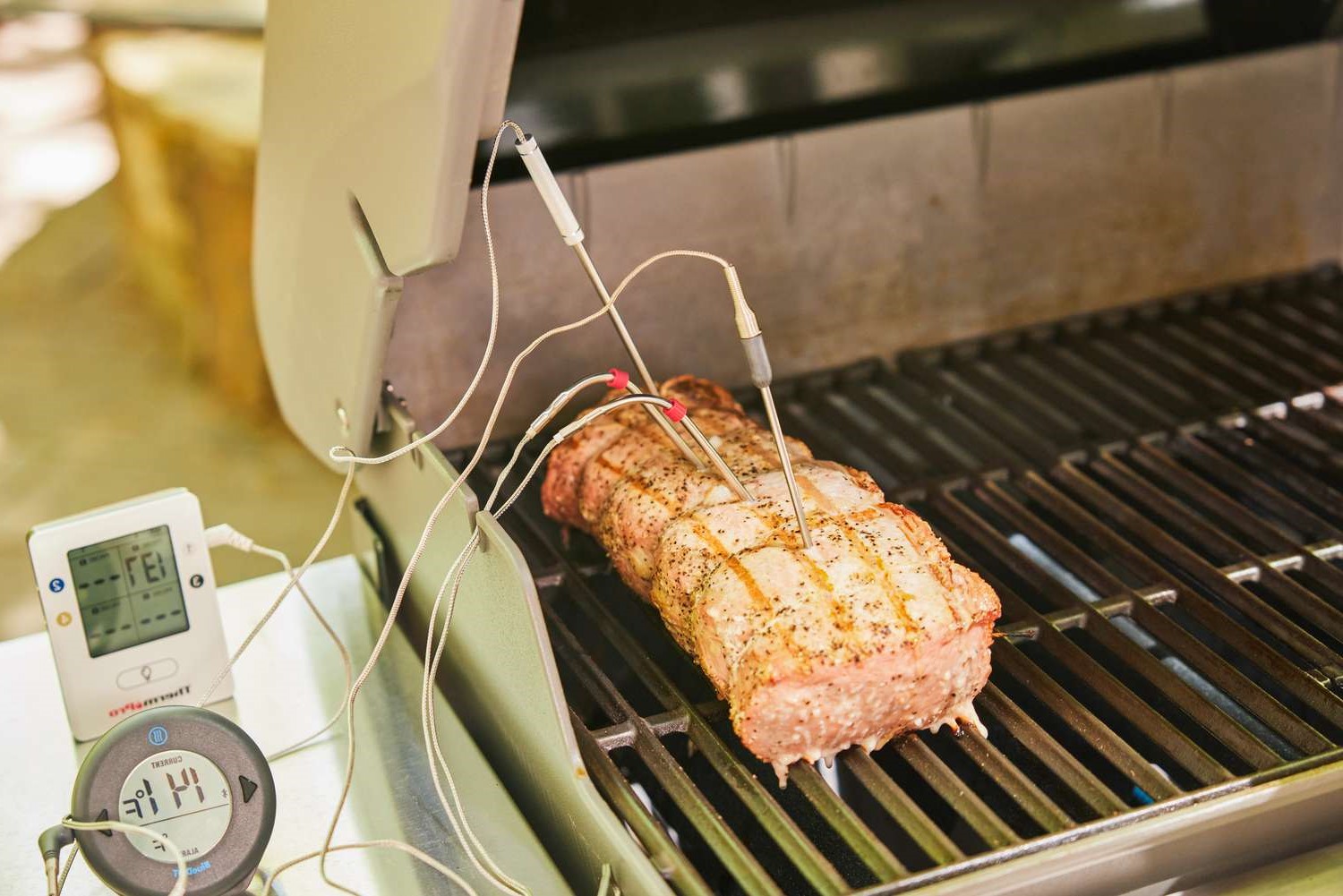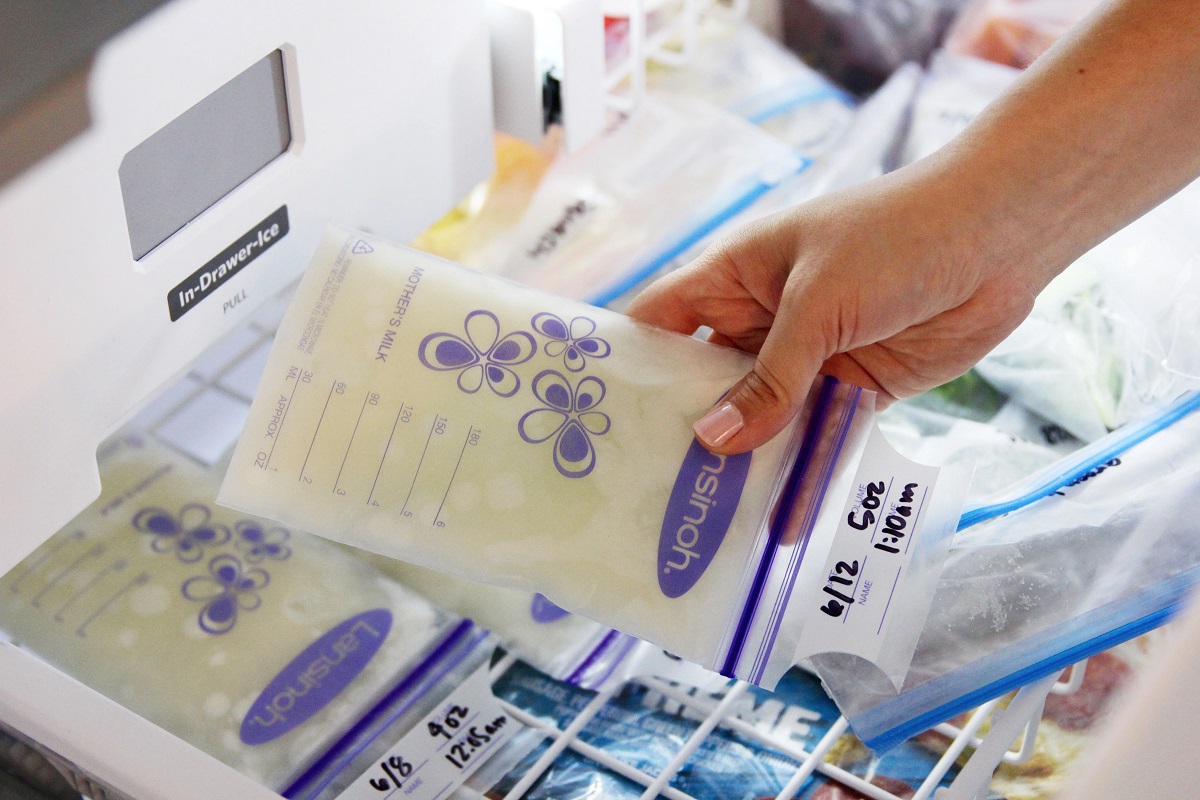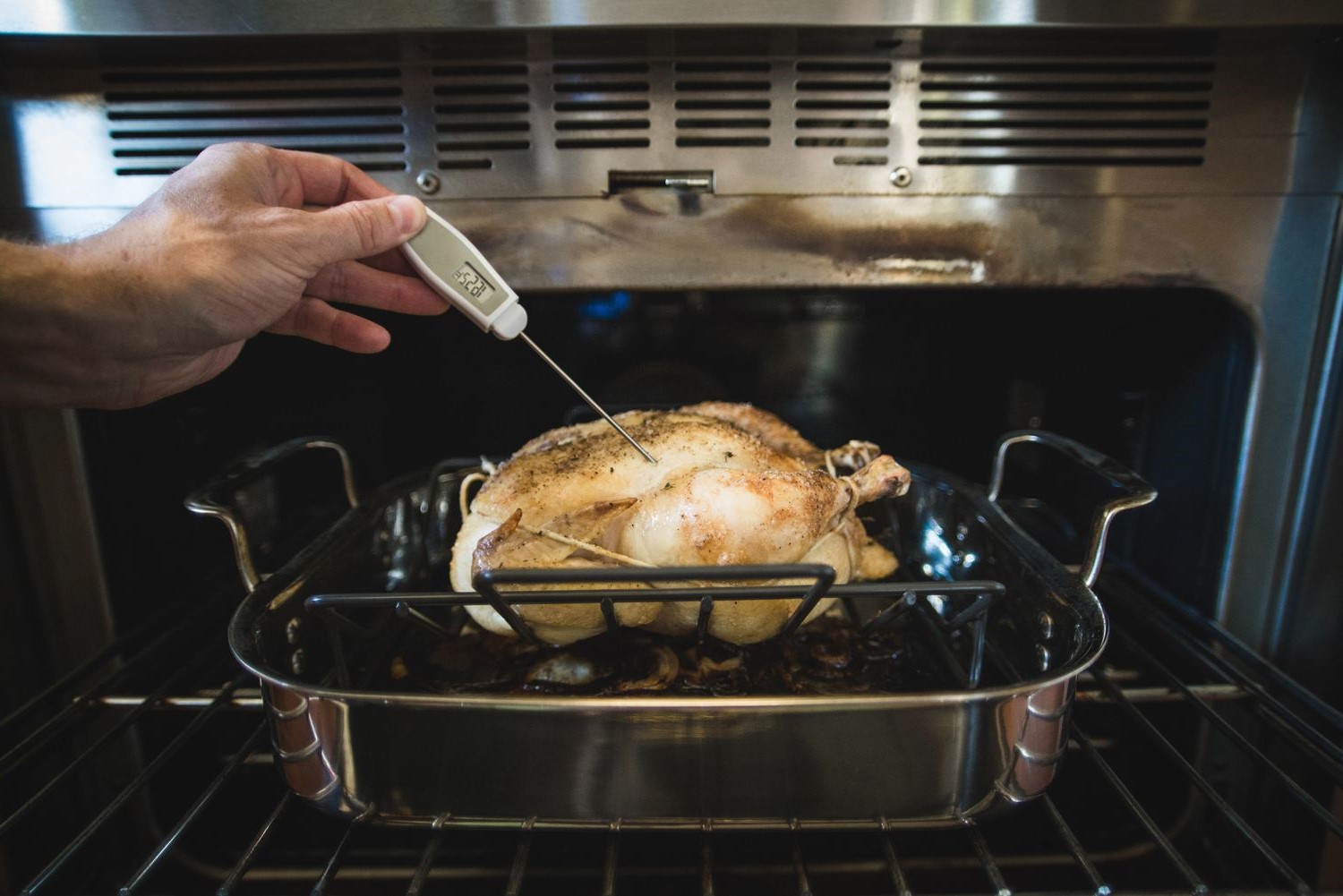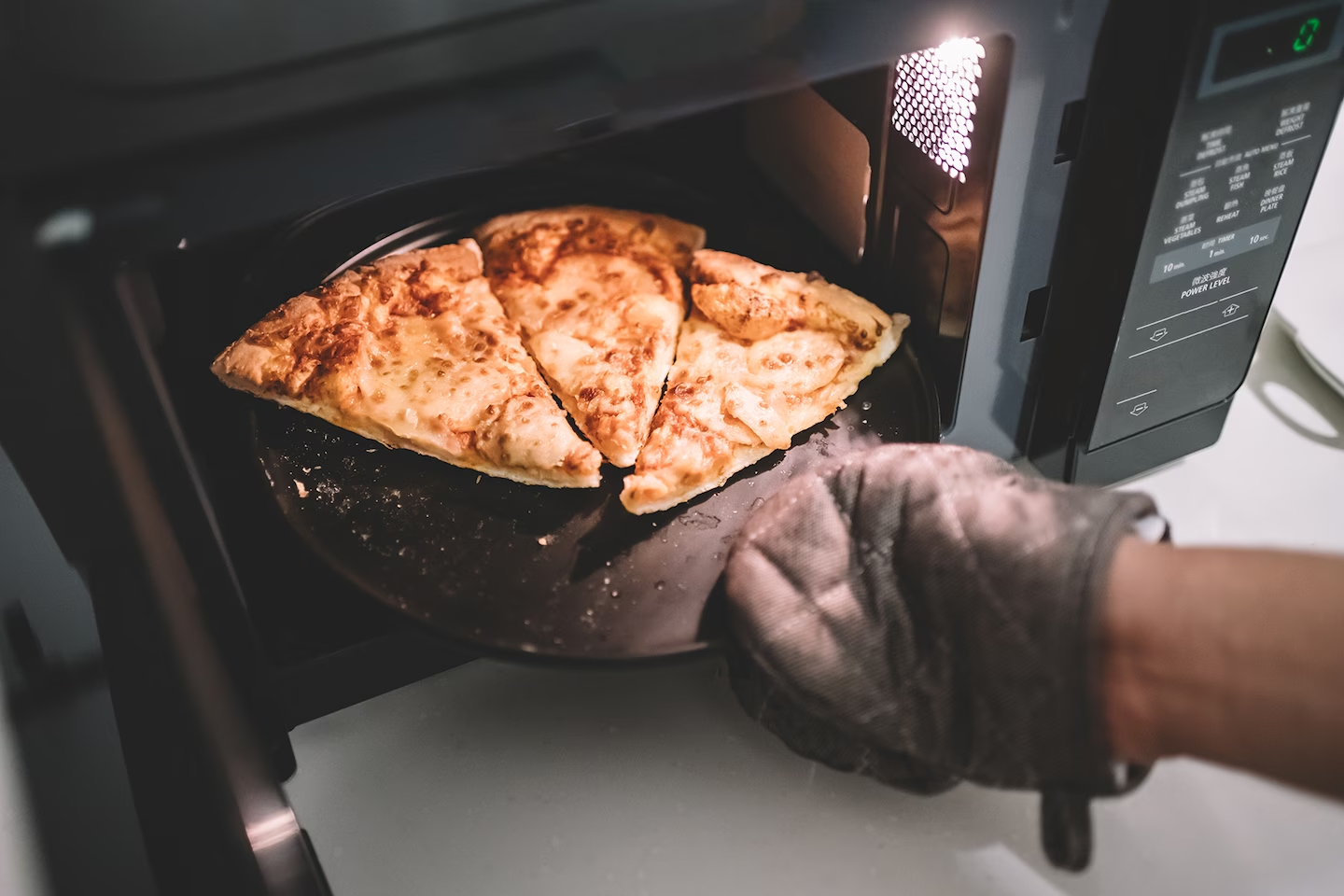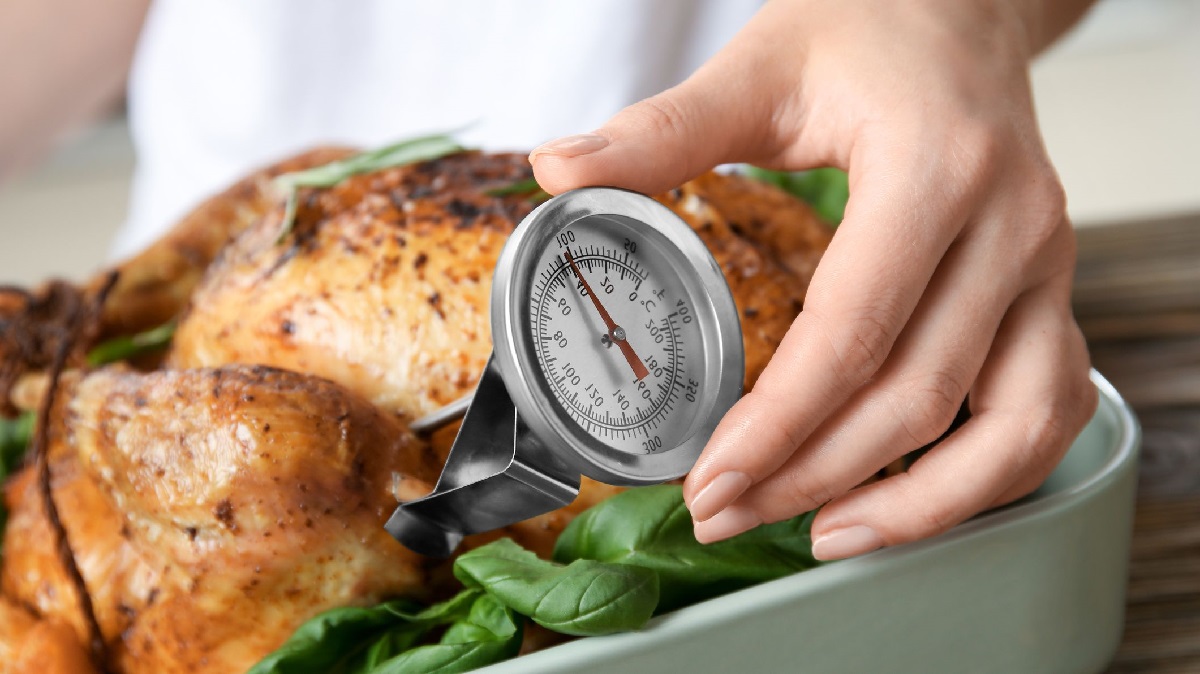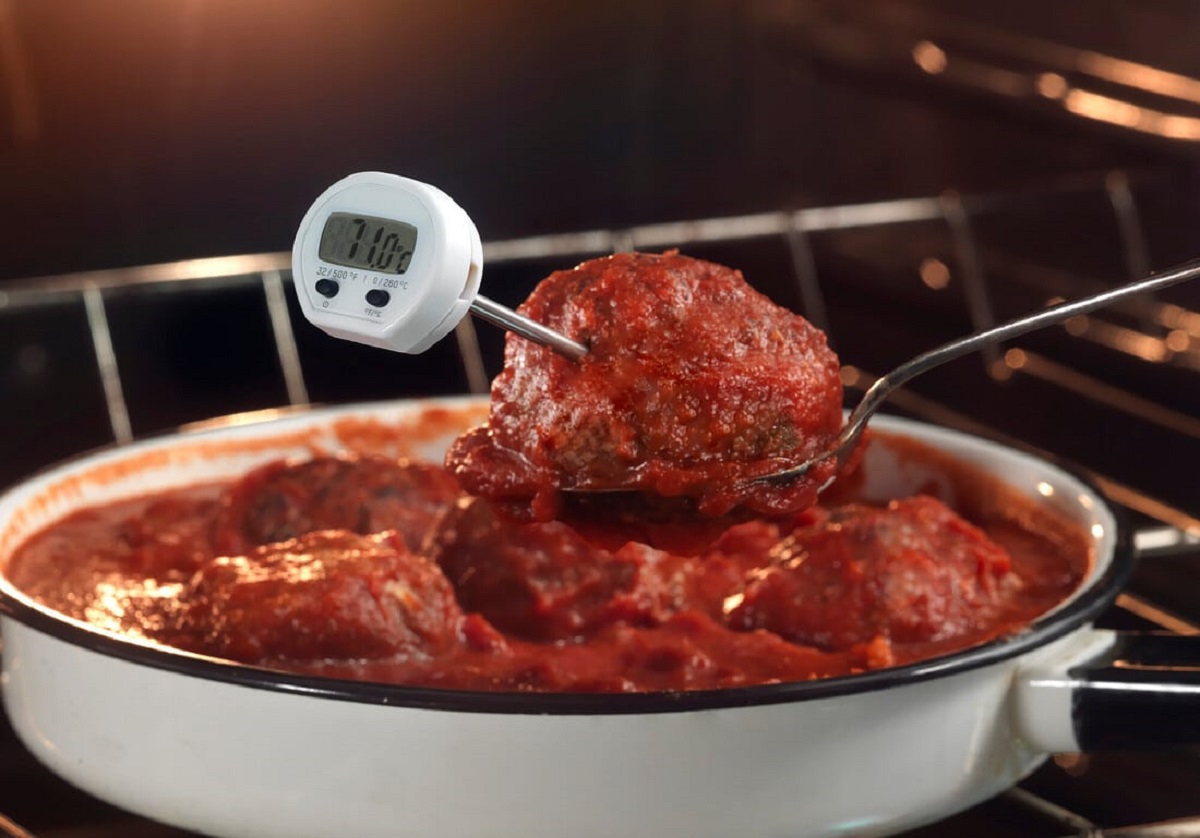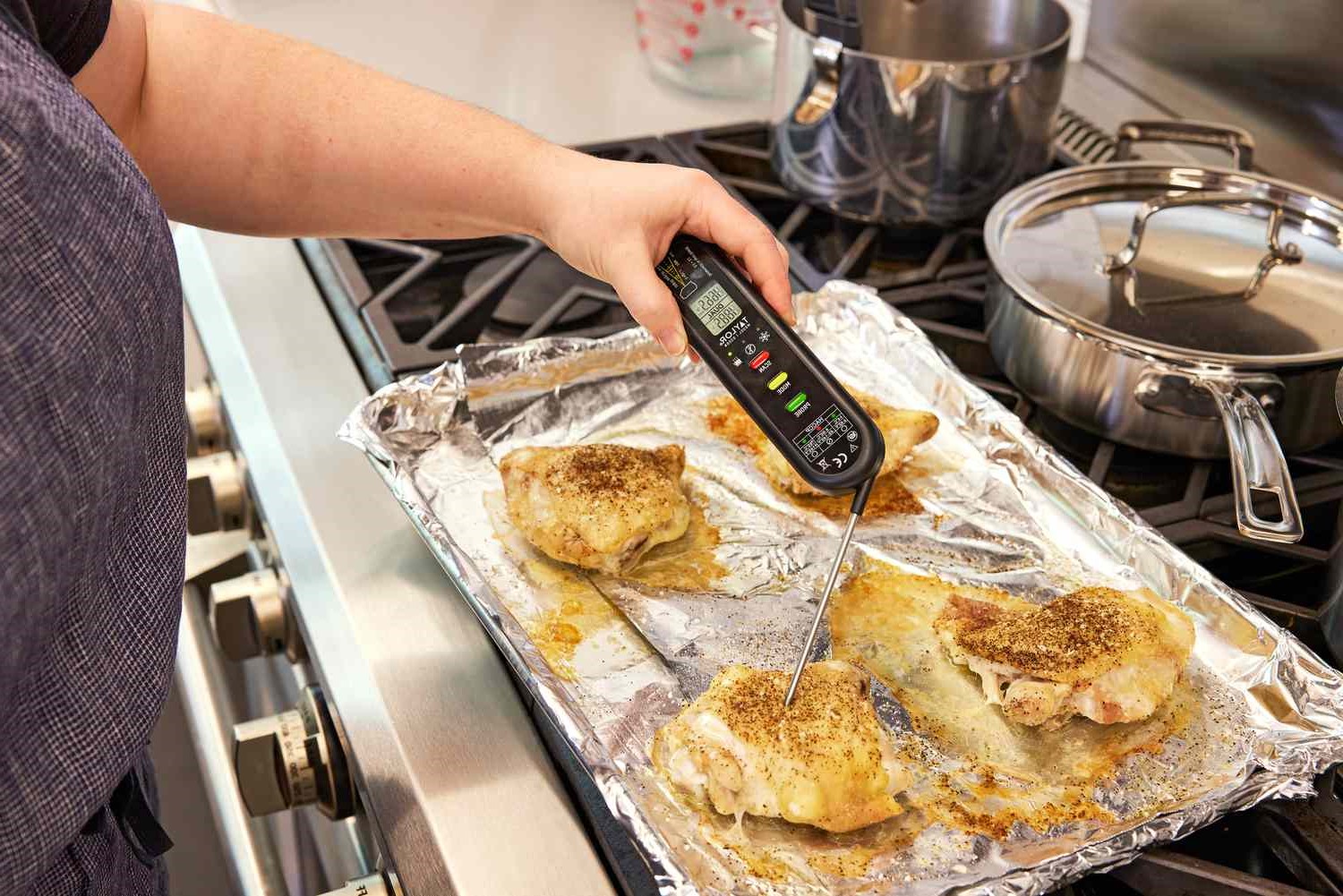Home>Health & Nutrition>Rectal Temperature: Importance, Procedure, And Safety Guidelines
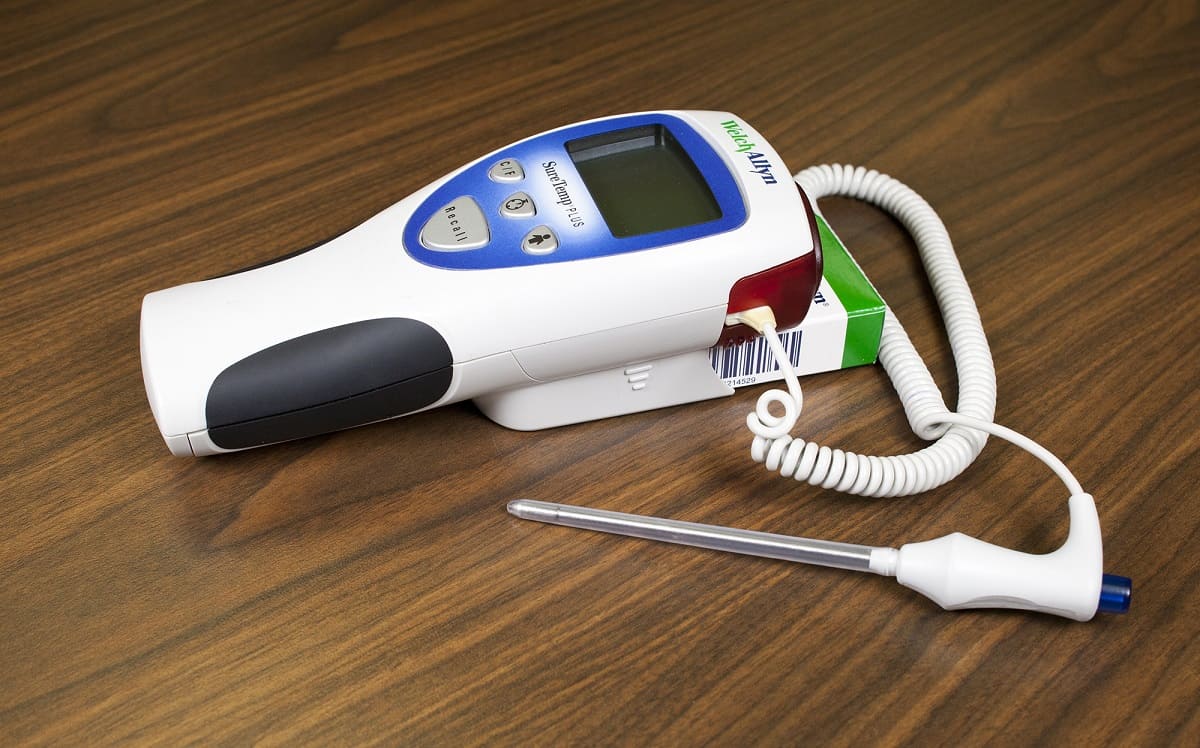

Health & Nutrition
Rectal Temperature: Importance, Procedure, And Safety Guidelines
Published: February 19, 2024
Learn about the importance, procedure, and safety guidelines for rectal temperature measurement. Get expert advice on health and nutrition.
(Many of the links in this article redirect to a specific reviewed product. Your purchase of these products through affiliate links helps to generate commission for Temperatures.com, at no extra cost. Learn more)
Table of Contents
Understanding Rectal Temperature
Rectal temperature is a vital indicator of an individual's core body temperature. It is measured by inserting a thermometer into the rectum, providing an accurate reflection of the body's internal temperature. This method is particularly reliable for infants and young children, as well as for individuals who are unable to cooperate with other forms of temperature measurement.
The rectum, being in close proximity to the body's core, offers a more precise assessment of internal temperature compared to other methods such as oral or axillary measurements. This is due to the fact that the rectal area is less influenced by external factors, such as the intake of hot or cold substances, which can affect oral temperature readings. Additionally, rectal temperature measurement is especially crucial in emergency situations, as it allows for rapid and accurate assessment of a patient's condition.
Understanding the significance of rectal temperature is essential in various healthcare settings. It provides valuable insights into the body's metabolic rate, aids in the diagnosis of certain medical conditions, and assists in monitoring individuals with critical illnesses. Furthermore, rectal temperature measurement is an integral part of pediatric care, as it enables healthcare providers to closely monitor the well-being of infants and young children.
In summary, rectal temperature serves as a fundamental indicator of an individual's core body temperature, offering a reliable and accurate assessment that is particularly beneficial for infants, young children, and individuals in critical care situations. This method provides healthcare professionals with essential data for making informed decisions regarding patient care and treatment.
Importance of Rectal Temperature Measurement
Rectal temperature measurement holds significant importance in healthcare, providing crucial insights into an individual's core body temperature. This method is particularly valuable for certain demographics, including infants, young children, and individuals with critical medical conditions. Understanding the importance of rectal temperature measurement is essential for healthcare professionals and caregivers alike.
Precision and Accuracy
Rectal temperature measurement is renowned for its precision and accuracy in reflecting an individual's core body temperature. Unlike other methods such as oral or axillary temperature measurement, rectal temperature offers a more reliable assessment due to its proximity to the body's core. This accuracy is especially critical in situations where precise temperature monitoring is essential for effective medical intervention.
Vital for Infants and Young Children
For infants and young children, rectal temperature measurement is the preferred method for assessing body temperature. This is primarily due to the challenges associated with obtaining accurate oral temperature readings in this demographic. The rectal method ensures a more dependable assessment, enabling healthcare providers to monitor and address potential fevers or fluctuations in body temperature with greater accuracy.
Essential in Critical Care Settings
In critical care settings, such as emergency departments and intensive care units, rectal temperature measurement plays a pivotal role in monitoring patients' vital signs. The rapid and accurate assessment of core body temperature is crucial for identifying and addressing potential medical emergencies. This method enables healthcare professionals to make timely decisions regarding patient care, ensuring swift interventions when necessary.
Reliable Indicator for Certain Medical Conditions
Rectal temperature measurement serves as a reliable indicator for specific medical conditions, including infections and metabolic disorders. The precision of this method allows healthcare providers to closely monitor changes in body temperature, aiding in the diagnosis and management of various illnesses. Additionally, rectal temperature measurement is instrumental in tracking the effectiveness of treatment regimens for patients with critical medical conditions.
Fundamental for Pediatric Care
In pediatric care, rectal temperature measurement is fundamental for monitoring the health and well-being of infants and young children. This method provides healthcare providers and caregivers with accurate temperature readings, facilitating early detection of febrile illnesses and ensuring prompt medical attention when necessary. The reliability of rectal temperature measurement is particularly valuable in pediatric healthcare, where precise temperature monitoring is essential for effective diagnosis and treatment.
In summary, the importance of rectal temperature measurement cannot be overstated, particularly in healthcare scenarios where precision, reliability, and swift interventions are paramount. This method serves as a fundamental tool for assessing core body temperature, aiding in the diagnosis and management of medical conditions, and ensuring the well-being of vulnerable demographics such as infants and young children. Healthcare professionals and caregivers rely on the accuracy of rectal temperature measurement to make informed decisions and provide optimal care for individuals in various healthcare settings.
Procedure for Taking Rectal Temperature
The procedure for taking rectal temperature involves several essential steps to ensure accurate and safe measurements. It is crucial to approach this process with care and attention to detail, particularly when dealing with infants, young children, or individuals with specific medical needs.
-
Preparation: Begin by gathering the necessary supplies, including a digital thermometer specifically designed for rectal use, disposable probe covers, and a water-based lubricant. Ensure that the thermometer is clean and in good working condition. Wash your hands thoroughly with soap and warm water before proceeding.
-
Positioning: Position the individual in a comfortable and secure manner, either lying on their stomach or side. For infants, gently hold them in a safe and stable position, ensuring their safety and comfort throughout the procedure.
-
Preparation of Thermometer: If using a digital thermometer, ensure that it is switched on and set to the rectal measurement mode. Attach a disposable probe cover to the tip of the thermometer to maintain hygiene and prevent cross-contamination.
-
Application of Lubricant: Apply a small amount of water-based lubricant to the tip of the thermometer to facilitate smooth insertion. This step is essential for minimizing discomfort and ensuring a gentle and safe procedure.
-
Insertion of Thermometer: Gently insert the lubricated tip of the thermometer into the rectum, following the device's specific instructions for depth and angle. Exercise caution to avoid any sudden movements that may cause discomfort or injury.
-
Measurement and Recording: Allow the thermometer to remain in place for the recommended duration, typically as indicated by a beep or visual signal on the device. Once the measurement is complete, carefully remove the thermometer and read the temperature display. Record the temperature accurately, noting the time of measurement for future reference.
-
Post-Procedure Care: Dispose of the used probe cover and clean the thermometer according to the manufacturer's instructions. Wash your hands thoroughly once again to maintain proper hygiene.
It is important to approach the procedure for taking rectal temperature with sensitivity and professionalism, particularly when dealing with vulnerable individuals. Clear communication, gentle handling, and adherence to hygiene protocols are essential for ensuring a safe and accurate measurement process.
By following these steps diligently, healthcare providers and caregivers can conduct rectal temperature measurements with precision and care, contributing to the effective monitoring and management of individuals' core body temperature.
Safety Guidelines for Taking Rectal Temperature
When performing rectal temperature measurements, it is imperative to prioritize the safety, comfort, and well-being of the individual undergoing the procedure. Adhering to established safety guidelines ensures that rectal temperature measurements are conducted with precision and professionalism, minimizing the risk of discomfort or injury. The following safety guidelines serve as essential protocols for healthcare providers and caregivers when taking rectal temperature:
-
Informed Consent: Prior to conducting a rectal temperature measurement, it is crucial to obtain informed consent from the individual or their legal guardian, particularly in healthcare settings. Clear communication regarding the purpose and process of the procedure fosters trust and ensures that the individual or their caregiver is fully aware of the impending assessment.
-
Hygiene and Sterilization: Maintaining strict hygiene standards is paramount when performing rectal temperature measurements. Thoroughly wash hands with soap and warm water before and after the procedure to prevent the spread of germs and minimize the risk of infection. Additionally, ensure that the thermometer and any accompanying accessories are clean and sterilized according to established healthcare protocols.
-
Gentle Handling: Approach the individual with sensitivity and gentleness throughout the procedure. Positioning and securing the individual in a comfortable and stable manner is essential for minimizing discomfort and ensuring their safety. For infants and young children, gentle restraint and reassurance are crucial to create a secure and calming environment.
-
Appropriate Equipment: Utilize a digital thermometer specifically designed for rectal use, along with disposable probe covers and a water-based lubricant. Verify that the thermometer is in good working condition and calibrated for accurate measurements. The use of disposable probe covers helps maintain hygiene and prevents cross-contamination, while the application of lubricant facilitates smooth and gentle insertion.
-
Caution and Monitoring: Exercise caution when inserting and positioning the thermometer in the rectum to avoid causing discomfort or injury. Monitor the individual closely throughout the procedure, ensuring their comfort and well-being. Any signs of distress or discomfort should prompt immediate cessation of the measurement process.
-
Privacy and Dignity: Respect the individual's privacy and dignity at all times. Conduct the procedure in a private and discreet setting, maintaining confidentiality and upholding the individual's right to personal privacy. Clear communication and professional conduct contribute to a respectful and dignified experience for the individual undergoing the assessment.
Adhering to these safety guidelines is essential for ensuring the safe and accurate measurement of rectal temperature. By prioritizing hygiene, sensitivity, and professionalism, healthcare providers and caregivers can conduct rectal temperature measurements with precision and care, contributing to the effective monitoring and management of individuals' core body temperature.
